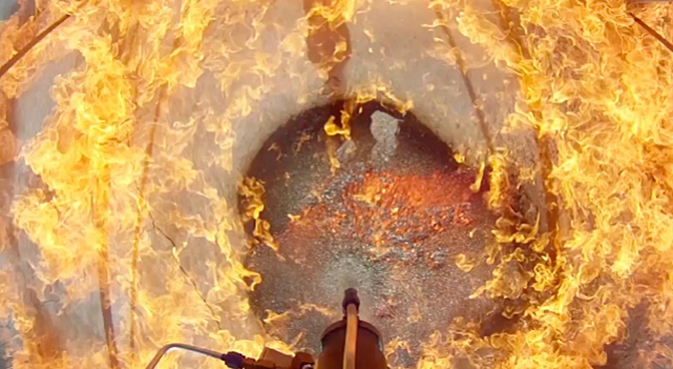NASA has successfully tested the algorithm for automatically selecting a new landing site on the Xombie rocket

Xombie is a rocket that was developed by Masten Space Systems in 2009. The company with this project won the NASA competition (Lunar Lander Challenge).
So, NASA recently conducted an interesting test of this rocket, with a pre-installed control system algorithm for selecting a new landing site. According to the plan, if something goes wrong, the rocket can change the landing site to another, having independently calculated all the landing parameters.
True, “emergency” landing sites must be determined in advance. NASA launched a rocket, and upon reaching a height of 365.8 meters, the rocket control unit received a command to cancel landing at the launch point. The rocket itself was able to choose a new landing site and all the necessary parameters for landing, given the available fuel reserves. All calculations took about a second.
After that, the rocket changed course and began to decline. At the same time, the new landing site was located 800 meters from the starting point. The error during landing was only 22.9 centimeters.
If the subsequent tests are successful, the new algorithm will be installed in the future in the control units of spacecraft, which will improve the accuracy of landing, as well as provide for situations where the intended landing site for some reason will be inappropriate.
Via nasa.gov
